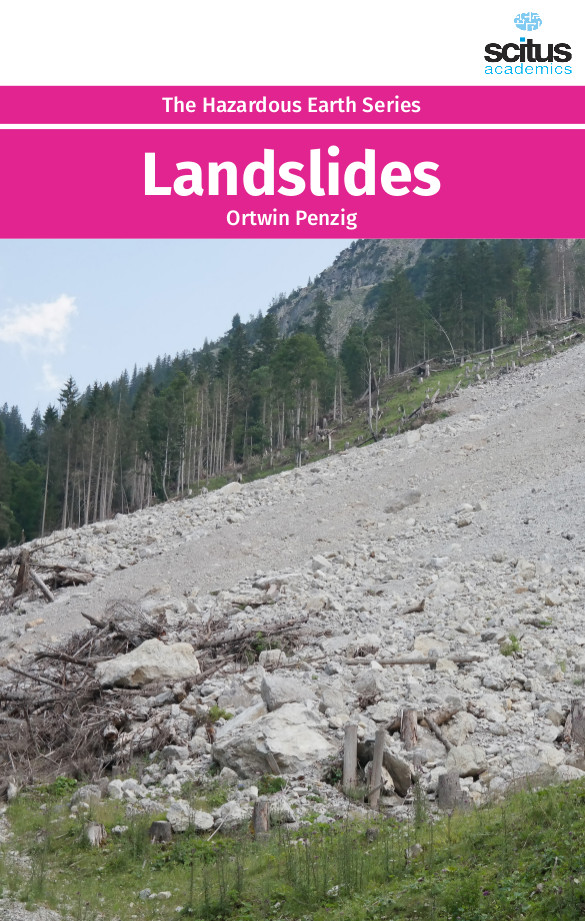Landslides are among the many natural disasters causing massive destructions and loss of lives across the globe. Landslides have always existed on our planet. While landslides are a naturally occurring environmental hazard they have recently increased in frequency in certain areas due to human activity. Although there are many different causes of landslides, they all have two things in common. How these factors interrelate is important in understanding what causes landslides along with an understanding of the impact humans have on these factors by altering natural processes. Landslides are among the many natural disasters causing massive destructions and loss of lives across the globe. According to a survey study by the International Landslide Centre at Durham University, UK, 2,620 fatal landslides occurred between 2004 and 2010. These landslides resulted in the death of over 32,322 people. It is, thus, paramount to know the causes and warning signs of a potential landslide to minimize losses. Seismic activities have always been a main cause of landslides throughout the world. Any time plate tectonics move the soil that covers those moves with it. When earthquakes occur on areas with steep slopes, many times the soil slips causing landslides. Furthermore, ashen debris flows caused by earthquakes can also trigger mass movement of soil. One of the most serious and costliest post earthquake problems is the stabilization of earthquake-induced landslide and debris masses. Shaking from the January 12, 2010, Haiti earthquake caused devastating structural damage and triggered many landslides that blocked roads, dammed rivers and streams, and threatened infrastructure in many parts of Haiti.
This Volume ‘Landslides’ covers landslide dynamics, mechanisms and processes; volcanic, urban, marine and reservoir landslides; related tsunamis and seiches; hazard assessment and mapping; remedial or preventive measures; early warning and evacuation and a global landslide database. This book also investigates landslide caused disturbances to ecosystem-vegetation burial and overturning of soil horizons which can accelerate vegetation loss, or even lead to complete deforestation of the landscape. It is also presented of the historical development and recent advances in understanding and prediction of landslides/debris flows, which are major global natural hazards that have caused great loss of life and damage to property and infrastructure. It is important for engineers and geologists to evaluate slope stability and any landslide threat during development assessments so that effective and timely remedial measures can be implemented.













